Making a large boulder question
8 years ago
Featured Answer
Sort by:Oldest
Comments (11)
- 8 years ago
Related Professionals
Horsham Landscape Architects & Landscape Designers · Wixom Landscape Architects & Landscape Designers · Maple Heights Landscape Architects & Landscape Designers · Chelmsford Landscape Contractors · Doctor Phillips Landscape Contractors · El Sobrante Landscape Contractors · Elkridge Landscape Contractors · Gallatin Landscape Contractors · Mastic Beach Landscape Contractors · Pleasant Hill Landscape Contractors · Sun City Center Landscape Contractors · Wentzville Landscape Contractors · West Orange Landscape Contractors · Tyngsboro Landscape Contractors · Camp Springs Landscape Contractors- 8 years ago
- 8 years ago
- 8 years ago
- 8 years ago
- 7 years agolast modified: 7 years ago
- 7 years ago
- last year
- last year
- 10 months agolast modified: 10 months ago
Related Stories

FEEL-GOOD HOMEThe Question That Can Make You Love Your Home More
Change your relationship with your house for the better by focusing on the answer to something designers often ask
Full Story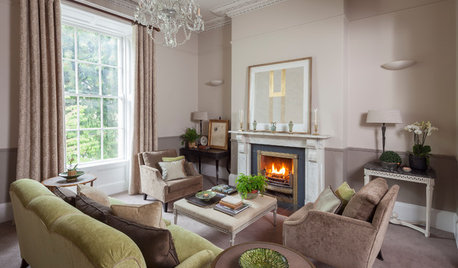
DECORATING GUIDES13 Strategies for Making a Large Room Feel Comfortable
Bigger spaces come with their own layout and decorating challenges. These ideas can help
Full Story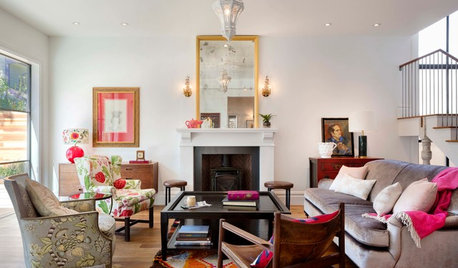
HOUZZ TOURSHouzz Tour: Pros Solve a Head-Scratching Layout in Boulder
A haphazardly planned and built 1905 Colorado home gets a major overhaul to gain more bedrooms, bathrooms and a chef's dream kitchen
Full Story
REMODELING GUIDESPlanning a Kitchen Remodel? Start With These 5 Questions
Before you consider aesthetics, make sure your new kitchen will work for your cooking and entertaining style
Full Story
GREEN BUILDINGConsidering Concrete Floors? 3 Green-Minded Questions to Ask
Learn what’s in your concrete and about sustainability to make a healthy choice for your home and the earth
Full Story
MOVINGHiring a Home Inspector? Ask These 10 Questions
How to make sure the pro who performs your home inspection is properly qualified and insured, so you can protect your big investment
Full Story
GARDENING GUIDESNo-Regret Plants: 5 Questions Smart Shoppers Ask
Quit wasting money and time at the garden center. This checklist will ensure that the plants you're eyeing will stick around in your yard
Full Story
SELLING YOUR HOUSE15 Questions to Ask When Interviewing a Real Estate Agent
Here’s what you should find out before selecting an agent to sell your home
Full Story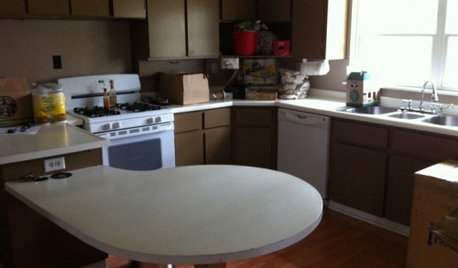
Design Dilemmas: 5 Questions for Houzzers!
Post Ideas for Landscaping for a Modern Home, Updating a Rental and More
Full Story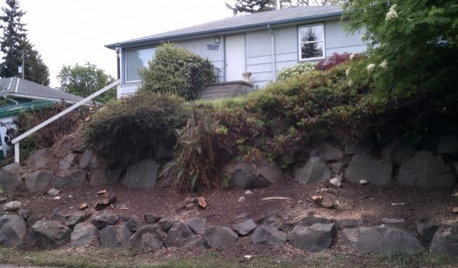
Design Dilemmas: 5 Questions for Design Stars
Share Your Design Know-How on the Houzz Questions Board
Full Story
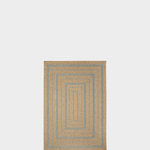
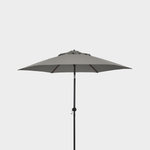
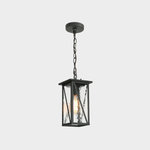
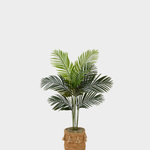
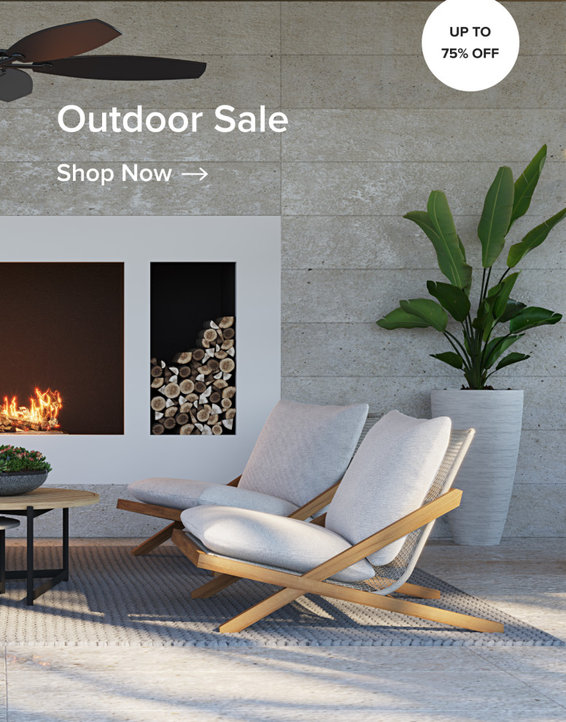
billie_ann